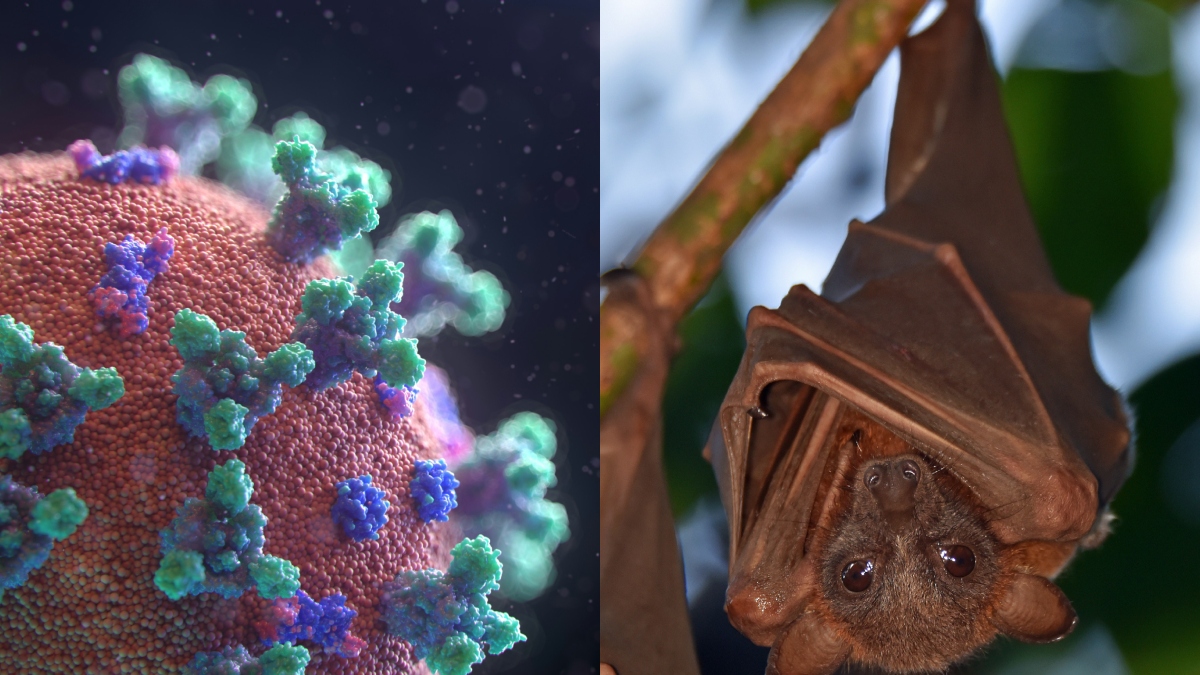A recently discovered bat coronavirus, HKU5-CoV-2, has been found to enter human cells using the same ACE2 receptor as SARS-CoV-2, the virus responsible for COVID-19, according to a study by Chinese researchers published in Cell.
While HKU5-CoV-2 can infect human cells, it does so less efficiently than SARS-CoV-2, researchers noted. The virus contains a furin cleavage site, a key feature that aids cell entry, and was able to infect cells in lab experiments, particularly those with high ACE2 levels in models of human intestines and airways.
Scientists also identified monoclonal antibodies and antiviral drugs that may counteract the virus. The study’s findings briefly impacted COVID-19 vaccine makers’ stocks, with Pfizer, Moderna, and Novavax seeing modest gains.
However, infectious disease expert Dr. Michael Osterholm downplayed fears of another pandemic, stating that the population now has greater immunity to similar SARS viruses. The researchers also emphasized that HKU5-CoV-2 has weaker binding to human ACE2 and lacks optimal traits for human adaptation, making the risk of widespread transmission low.





